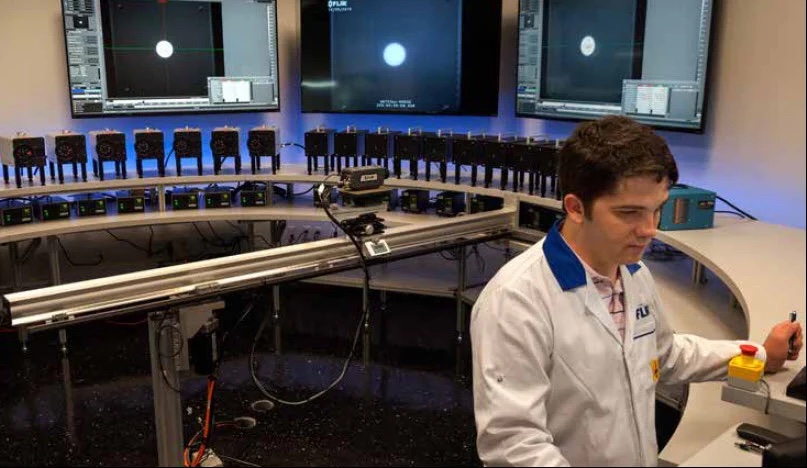Accuracy and Sensitivity – Part 2
Sponsored by:

Accuracy and Sensitivity – Part 2
Tip provided by Wayne Swirnow – Infrared Imaging Services, LLC
Objective specifications are frequently used to describe the performance of thermal imaging systems. In part two of this Tip, we explore the significance of our second frequently misunderstood term, Accuracy.
For an infrared camera, the Accuracy specification states how close the camera’s measurement of radiant power will be to the actual radiant power emitted from a target. Things would be less confusing if this spec was called “Inaccuracy” or “Allowable Error” because it is really stating how inaccurate the camera is allowed to be.
Taking a closer look at the specification for Accuracy, it is made up of two separate components which are combined to give a complete statement of Accuracy:
The “Minimum” part of the spec is expressed as a window of temperature where what is measured is guaranteed to be no further away from the actual input than this spec. A typical specification is “± 2ºC”. This part of the spec covers the camera’s error or inaccuracy when dealing with lower levels of radiant power or lower temperature targets.
The “Maximum” part of the spec is expressed as a percentage of the measured value where what is measured is guaranteed to be no further away from the actual input than this spec. A typical specification is “± 2% of reading”. This part of the spec covers the camera’s error or inaccuracy when dealing with higher levels of radiant power or higher temperature targets.
As the measured value gets larger, the relative contribution from error remains the same as a percent of the total measured value, but its absolute value goes up. For example, 2% of 100 is “2”, but the same 2% of 1000 is “20”. As the measured temperature value increases to say 500ºC, then the ±2ºC spec is inadequate to express the camera’s accuracy because 2ºC out of 500ºC would be less than .05% error and that is not what the camera can do.
This is why the percentage of reading (± 2% of reading) component of the spec is needed and why for larger measurement values it now becomes the dominant factor in the Accuracy spec. And just to make sure the entire range of accuracy in the camera is covered regardless of the measurement value, manufacturers add the statement, “whichever is greater”.
Now that we understand the separate components of an Accuracy specification, here is the total statement of how well you can expect a typical infrared camera to measure the radiant power of an object:
“Accuracy = ± 2ºC or ± 2% of reading, whichever is greater”
If this is unclear, try this:
Imagine a marksman shooting at a target and we want to describe his ability to hit the bull’s eye mark every time, or more appropriately, define how far away from the bull’s eye he is allowed to deviate. Let’s also define how tightly his shots will be grouped. But here is the problem: hitting the bull’s eye and making tight groups are two separate talents our marksman possesses. Although they are related, they do operate independently in this shooter and therefore need to be discussed and defined individually.
For our marksman, we’ll assign some infrared camera specifications to his shooting so we can set expectations as to his anticipated performance.
Sensitivity – ability to group shots together
Specification: 0.1 inch
Expectation – Our marksman can place shots within one tenth of an inch of each other
Accuracy – ability to hit the bull’s eye dead center
Specification: ± 2 inches or ± 2% of the distance from the target whichever is greater
Expectation – Our marksman is allowed to miss the bull’s eye by up to 2 inches; greater inaccuracy is allowed as distance to the target increases.
As you can see in this example, his grouping talents do not help him in hitting the bull’s eye. By specification he is allowed to miss the bull’s eye by up to 2 inches. Regardless of a camera’s fantastic “Sensitivity” spec, it is allowed to miss an accurate temperature measurement by its “Accuracy” spec!

Tip provided by Wayne Swirnow – Infrared Imaging Services, LLC

